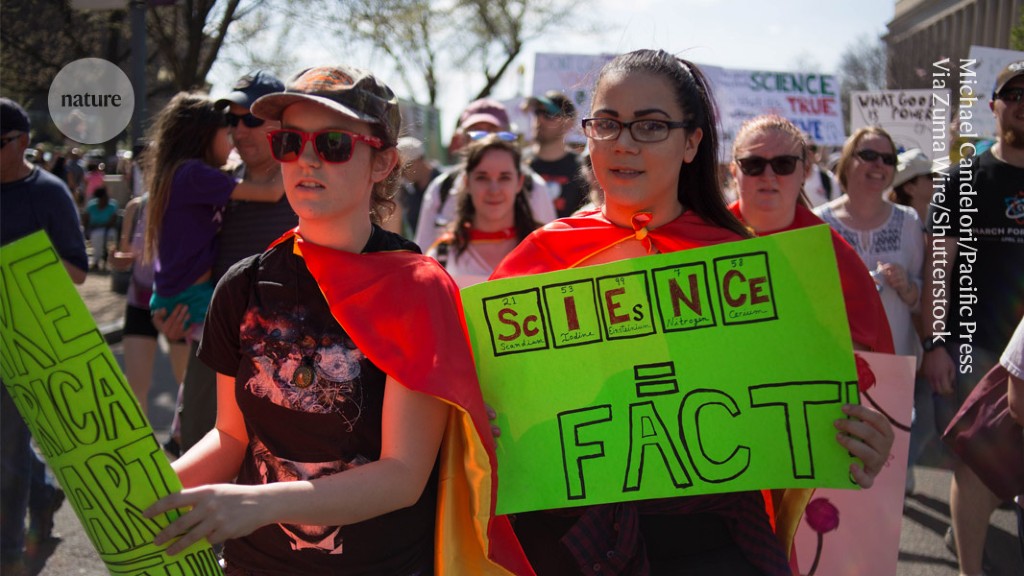What do scientists think about science? Evidence from a global research on science-based public trust, policy orientations and openness to feedback. A survey by different countries
A survey of more than 71,000 people in 67 countries shows that people have a high level of trust in scientists. The average trust score was 3.62 out of 5, with larger numbers indicating higher trust. Participants from Egypt, India and Nigeria have the most trust in scientists; in Albania, Kazakhstan and Bolivia, people have the least trust. People with a left-wing political orientation have higher trust levels, but this is not always true at the country level. Half of the respondents wanted researchers to be involved in making policy. The results are intuitive, if people trust scientists, they will be involved.
“It’s about the leadership of political parties and how they treat scientists,” says Liu. The concept of a right- or left-wing political orientation can also differ among people in different countries, making it hard to interpret the findings.
Across all participants, the average trust score was moderately high, at 3.62. On a global scale, participants perceived scientists as having high competence, moderate integrity and benevolent intentions. The overall rating of openness to feedback was lower: 23% of participants think that scientists pay only somewhat or very little attention to other views. Scientific methods are the best way to find out whether something is true according to three quarters of people.
The Indonesian Monstrous Moon: Science and Business in a Trump Era? Comments on Indonesia’s Science Super-Agency
A small US company has the ability to put a private mission on the Moon. NASA has pinned some of its hopes for lunar exploration on outsourcing the delivery of scientific equipment to private companies, and after an attempt by another US firm failed last month, anticipation — and anxiety — is spiking for this new effort. Smaller and newer companies are building US spacecraft, and Christopher Dreyer is certain we will get there. They will make mistakes, and I am not sure how many failures we can tolerate.
A group of scientists in Indonesia are hopeful that the election will increase funding for research. The results were still unknown as this newsletter was being finalized and the three candidates had promised funding increases to between 0.4% and 2% of GDP. In 2020, research and development spending stood at just 0.28% of GDP. Some Indonesian researchers remain sceptical and are calling for an overhaul of the country’s science super-agency, which they say has made research more unwieldy.
Source: Daily briefing: Global trust in scientists is high
A human battle for equitable enforcement of wildlife laws: What do scientists really want to know about illegal tiger-pelt production in Nepal?
Kumar Paudel embarked on a five-year legal battle to advocate for equitable enforcement of wildlife laws. Having done extensive interviews with people who had been incarcerated for poaching, he was shocked to see a politician display a tiger pelt during a TV interview — with no consequences. “The disparity struck me,” he says. Paudel filed a complaint with Nepal’s highest court despite the official’s threats. Records of who legally owns parts of an species were not kept by the government. “The court order brings thousands of illegal wildlife parts under enforcement, regardless of who owns them,” Paudel says.
Researchers are blasting patients’ cancer cells with dozens of drugs in the lab to see what sticks. Treatments for cancer that are personalized results in treatment that last longer and could be used for more of the cancers that are found in the genome. Chris Kemp says this is a revolution. To reduce the time and cost of growing cancer cells outside the body, researchers are trying wildly differing methods, including cultivating cancer cells in chicken-embryos ‘avatars’ or in miniaturized model organs.
Source: Daily briefing: Global trust in scientists is high
Exploring the sky with animal-view colors and their dream job: a documentary about how violent climate change affects the landscape in East Greenland
Scientists are studying environmental DNA to find ancient ecosystems or find elusive animals. According to ElizabethClare, leeches have the genetic material of animals in their stomach contents. “It’s a lot easier to collect 1,000 leeches than it is to find the animals” that the leeches feed on, she says. “It’s like having a bunch of field assistants out surveying for you.” Now, scientists are grappling with how to ensure that eDNA results are actually true without having to go back to traditional field methods. “It is very hard to validate some of these scenarios,” says molecular biologist Mehrdad Hajibabaei. That is essentially the nature of the beast.
The orange-barred sulphur can see ultraviolet light, so it looks like bee, bird, reindeer, and other animals. Researchers created a camera system and software package that allows them to see the world in animal-view colors. Vera Vasas, the study co-author, says they went outdoors to film the birds in the trees and only then it sunk in how bright the skies are. “The sky is a different colour to most of the animals than it is to us.” (New Scientist | 3 min read)
A film crew with climber Alex Honnold are shooting a documentary about local weather changes in remote parts of East Greenland, and the film’s director says global warming is making the weather more violent. When you go there, the bashing will happen. 13 min read on the map.
